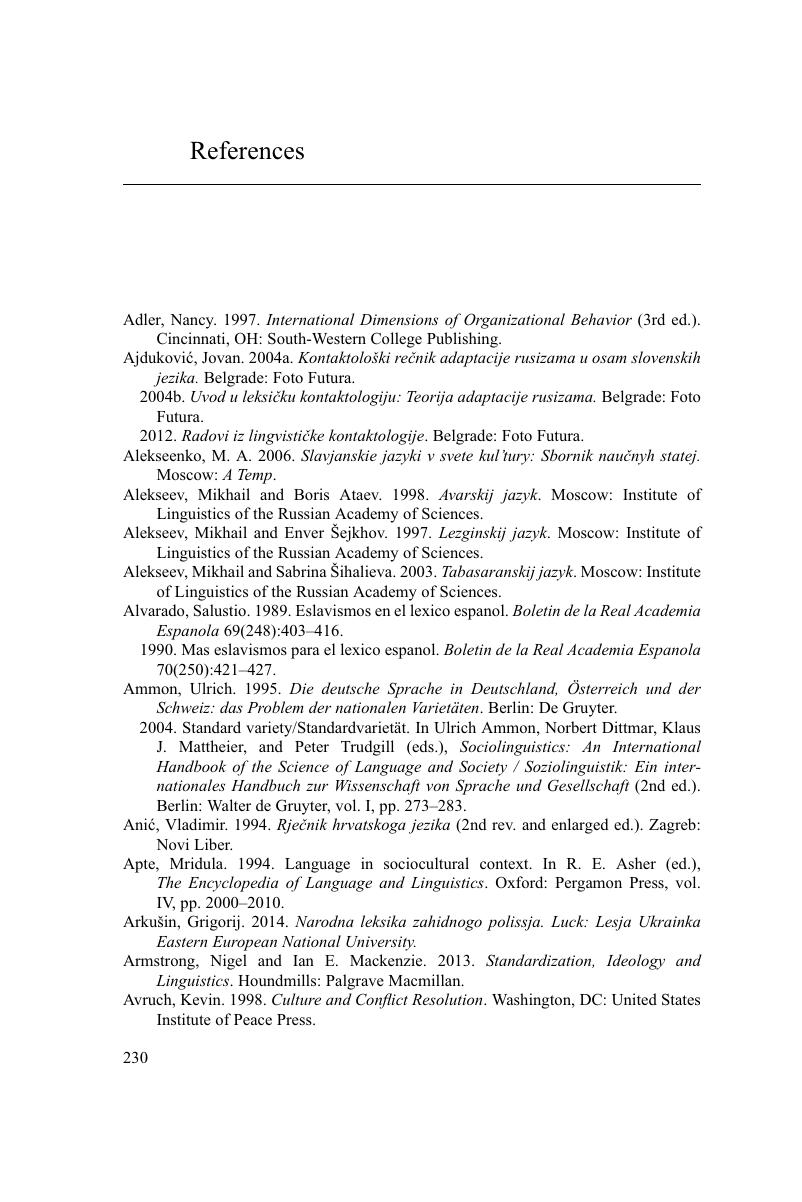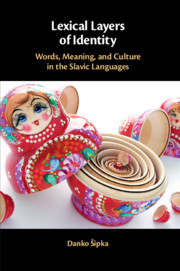References
Published online by Cambridge University Press: 10 May 2019
Summary

- Type
- Chapter
- Information
- Lexical Layers of IdentityWords, Meaning, and Culture in the Slavic Languages, pp. 230 - 256Publisher: Cambridge University PressPrint publication year: 2019

